 March 3, 1975: The Homebrew Computer Club, a hobbyist group that will help spark the personal computing revolution, holds its first meeting in Menlo Park, California.
March 3, 1975: The Homebrew Computer Club, a hobbyist group that will help spark the personal computing revolution, holds its first meeting in Menlo Park, California.
It becomes a welcome forum for computer geeks at a time when few others care about the nascent technology. Regular attendee Steve Wozniak and his friend Steve Jobs will eventually show off the first Apple-1 unit at the club.
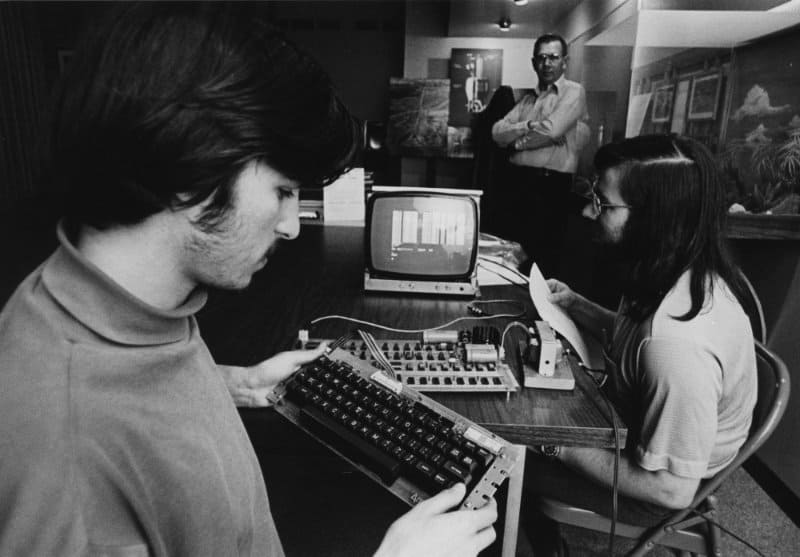


 February 24, 1955: Steve Jobs is born in San Francisco. He will go on to co-found Apple and become one of the most important figures in the history of consumer technology. He’s also probably a big part of why you’re reading this website right now.
February 24, 1955: Steve Jobs is born in San Francisco. He will go on to co-found Apple and become one of the most important figures in the history of consumer technology. He’s also probably a big part of why you’re reading this website right now.
 February 22, 2001: The iMac Special Edition, sporting wild designs that would make a hippie happy, puts a wacky face on the computer that saved Apple’s bacon at the turn of the century. The Flower Power iMac and Blue Dalmatian iMac evoke tie-dye shirts or other unconventional ’60s-era imagery.
February 22, 2001: The iMac Special Edition, sporting wild designs that would make a hippie happy, puts a wacky face on the computer that saved Apple’s bacon at the turn of the century. The Flower Power iMac and Blue Dalmatian iMac evoke tie-dye shirts or other unconventional ’60s-era imagery.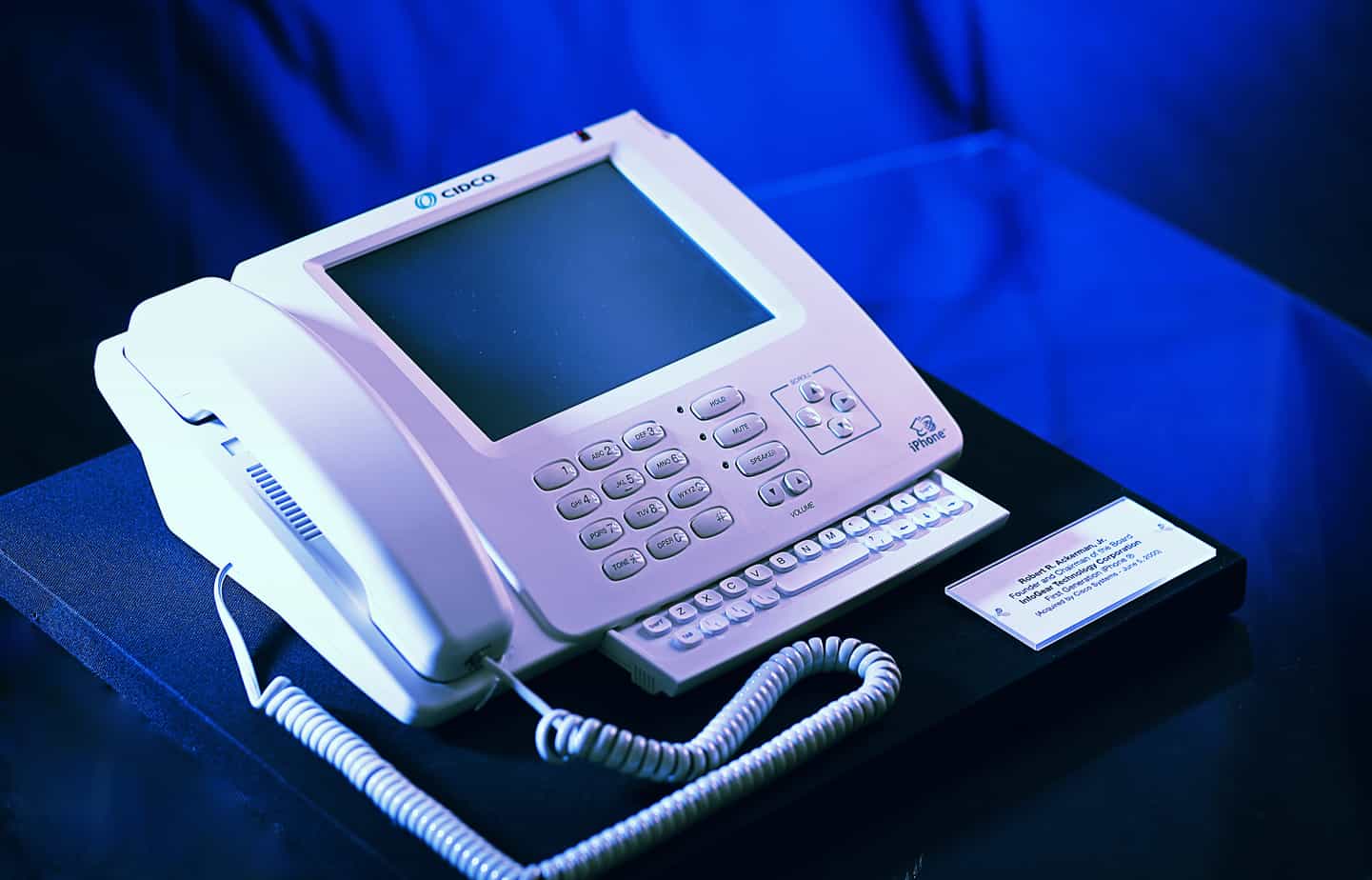
 February 21, 2007: Apple comes to an agreement with Cisco over the iPhone trademark, which Cisco legally owns but Apple wants to use.
February 21, 2007: Apple comes to an agreement with Cisco over the iPhone trademark, which Cisco legally owns but Apple wants to use.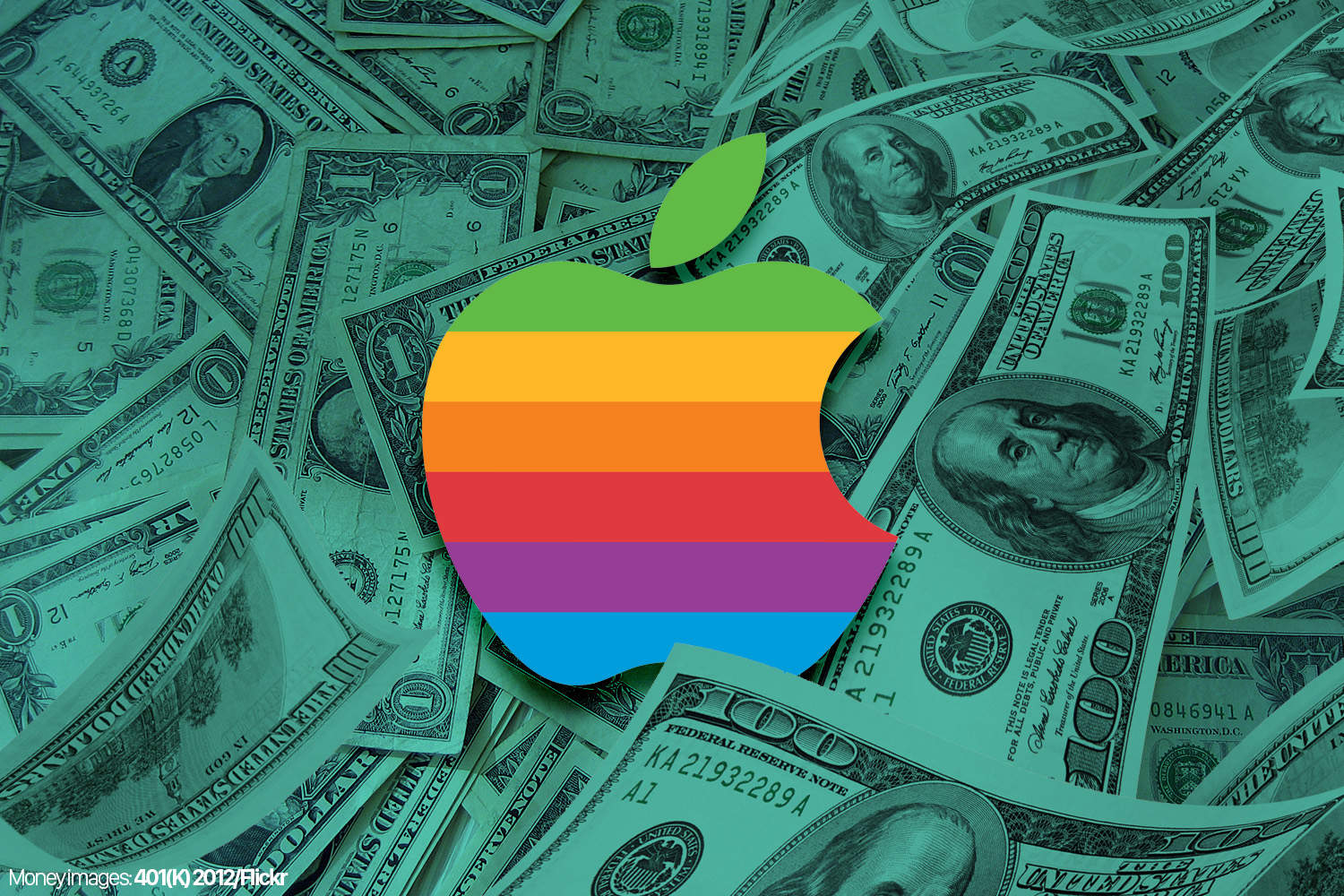
 February 18, 2004: Apple CEO Steve Jobs sends an internal memo to employees revealing that the company is, for the first time in years, totally debt-free.
February 18, 2004: Apple CEO Steve Jobs sends an internal memo to employees revealing that the company is, for the first time in years, totally debt-free.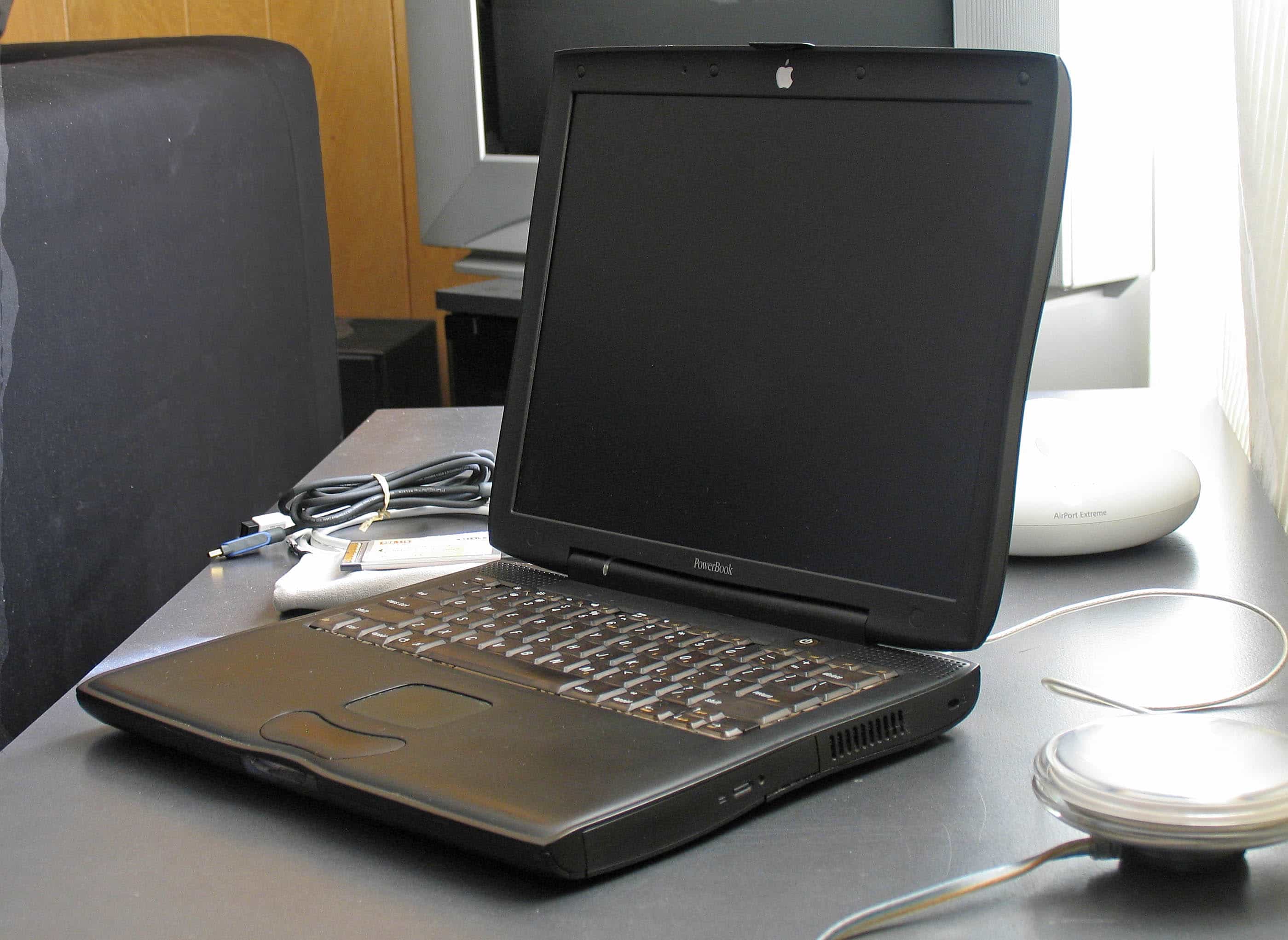
 February 16, 2000: Apple introduces the “Pismo” PowerBook, the finest of its G3 laptops. In the view of many, it’s one of the best Apple laptops ever.
February 16, 2000: Apple introduces the “Pismo” PowerBook, the finest of its G3 laptops. In the view of many, it’s one of the best Apple laptops ever.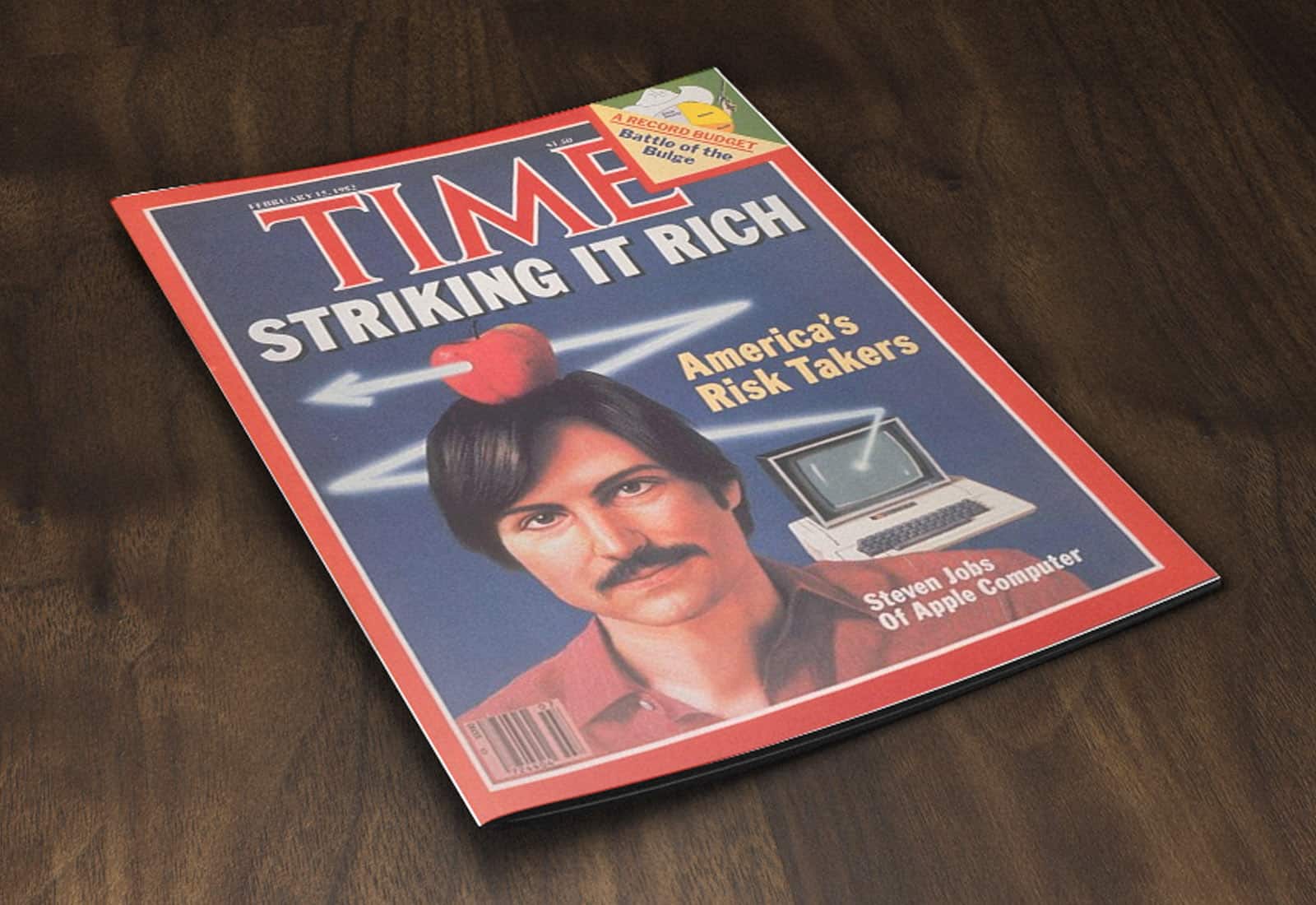
 February 15, 1982: Apple co-founder Steve Jobs appears on the front cover of Time magazine for the first time. The lengthy cover story makes Jobs the public face of successful tech entrepreneurship.
February 15, 1982: Apple co-founder Steve Jobs appears on the front cover of Time magazine for the first time. The lengthy cover story makes Jobs the public face of successful tech entrepreneurship.
 February 12, 2012: Months after his untimely death, Apple co-founder
February 12, 2012: Months after his untimely death, Apple co-founder 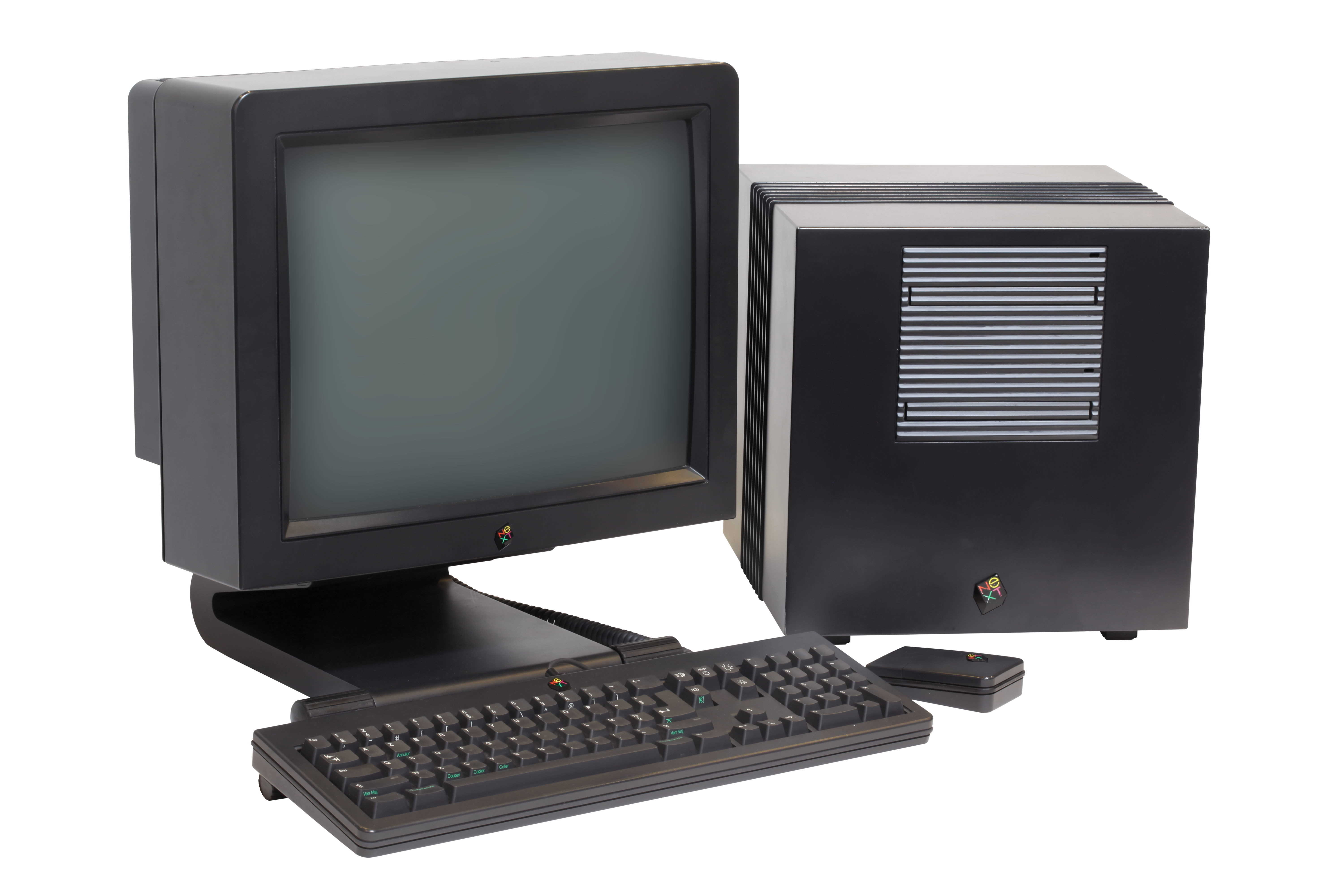
 February 9, 1993: NeXT Inc., the company Steve Jobs founded after being pushed out of Apple, quits making computers. The company changes its name to NeXT Software and focuses its efforts entirely on producing code for other platforms.
February 9, 1993: NeXT Inc., the company Steve Jobs founded after being pushed out of Apple, quits making computers. The company changes its name to NeXT Software and focuses its efforts entirely on producing code for other platforms.
 February 8, 2010: Steve Jobs reportedly flips out over a tweet sent from an iPad by an editor at The Wall Street Journal.
February 8, 2010: Steve Jobs reportedly flips out over a tweet sent from an iPad by an editor at The Wall Street Journal.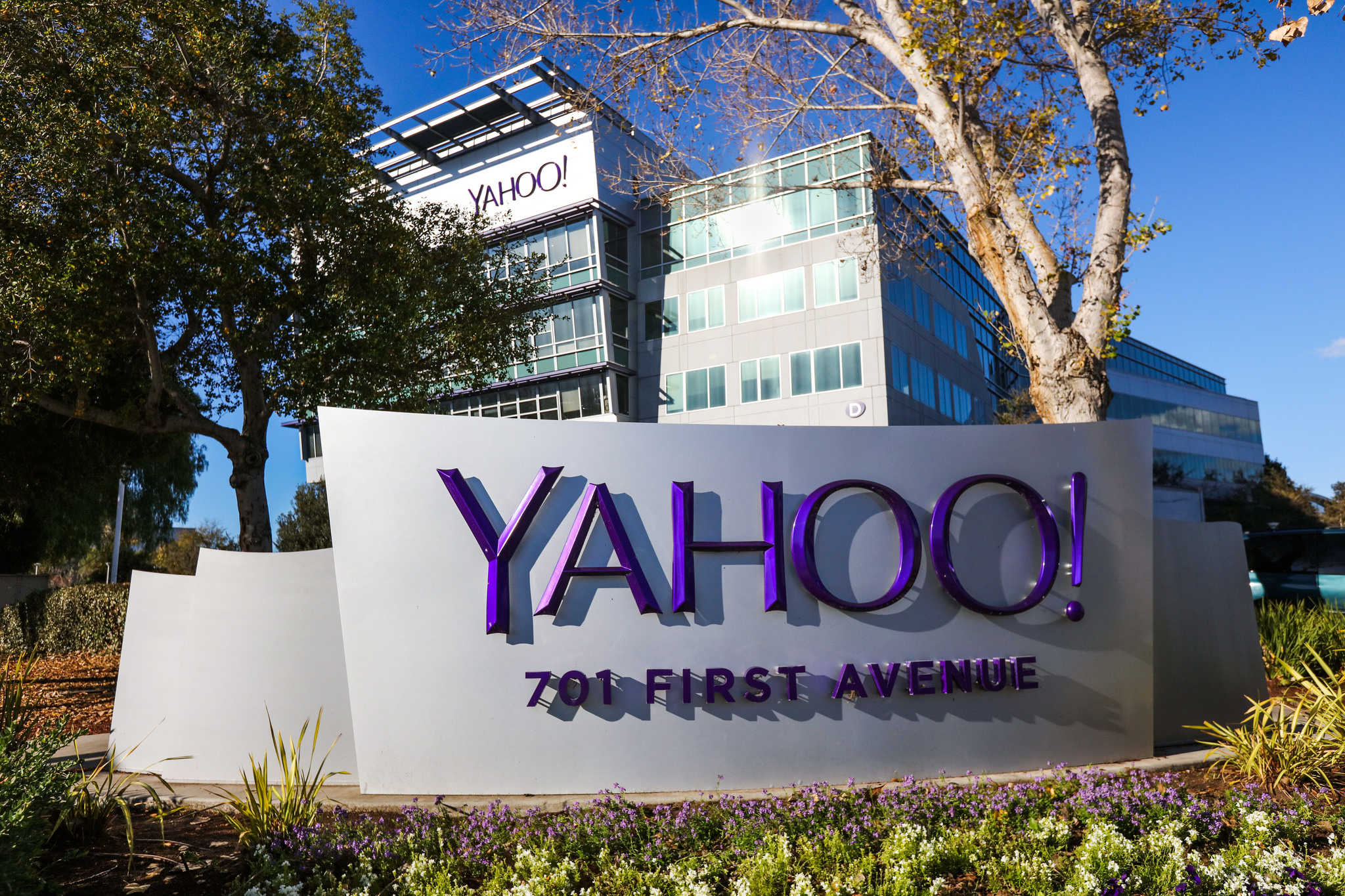
 February 4, 2008: Apple CEO
February 4, 2008: Apple CEO 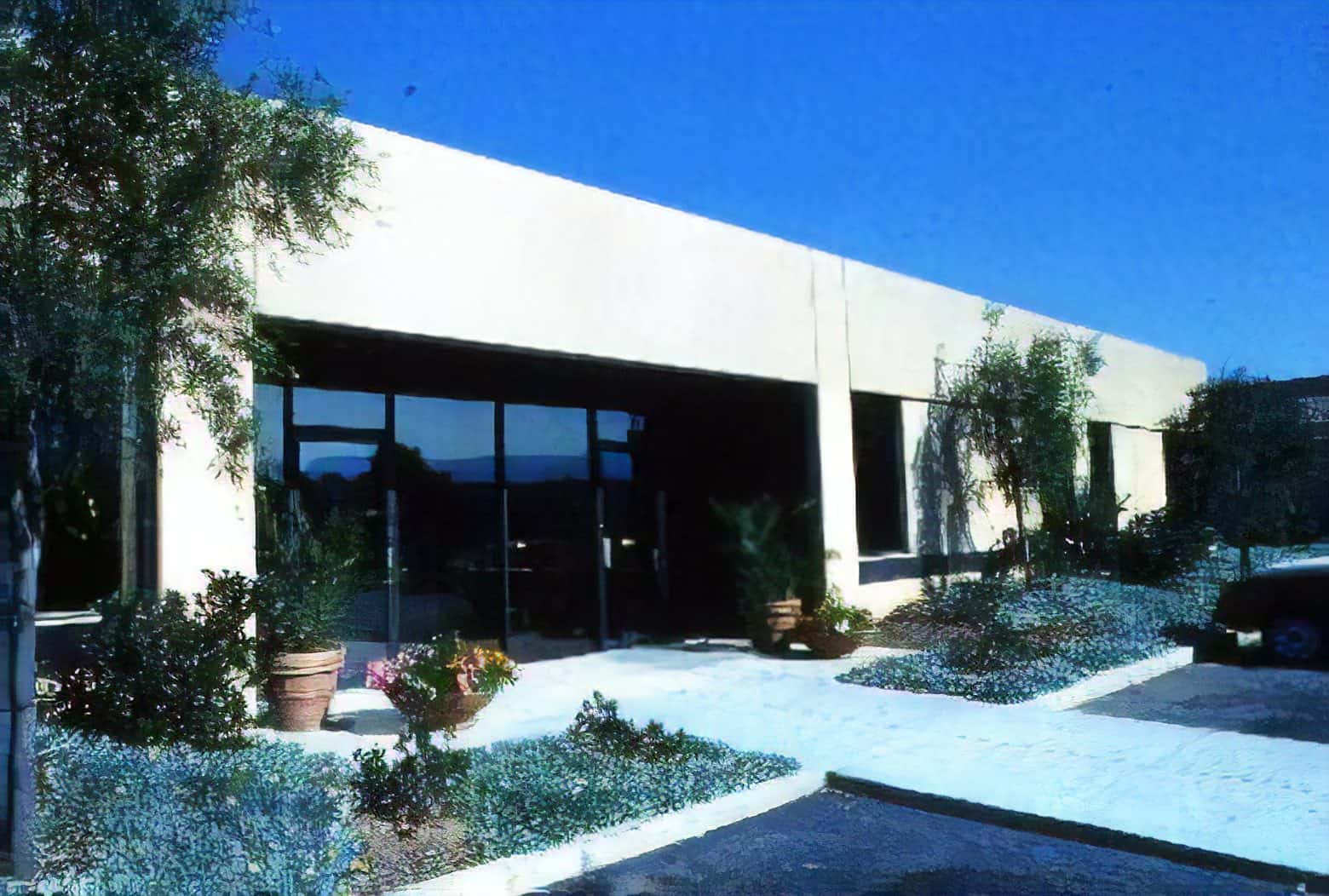
 January 28, 1978: Apple Computer occupies Bandley 1, its first custom-built office, giving the company a bespoke business center to house its growing operations in Cupertino, California.
January 28, 1978: Apple Computer occupies Bandley 1, its first custom-built office, giving the company a bespoke business center to house its growing operations in Cupertino, California.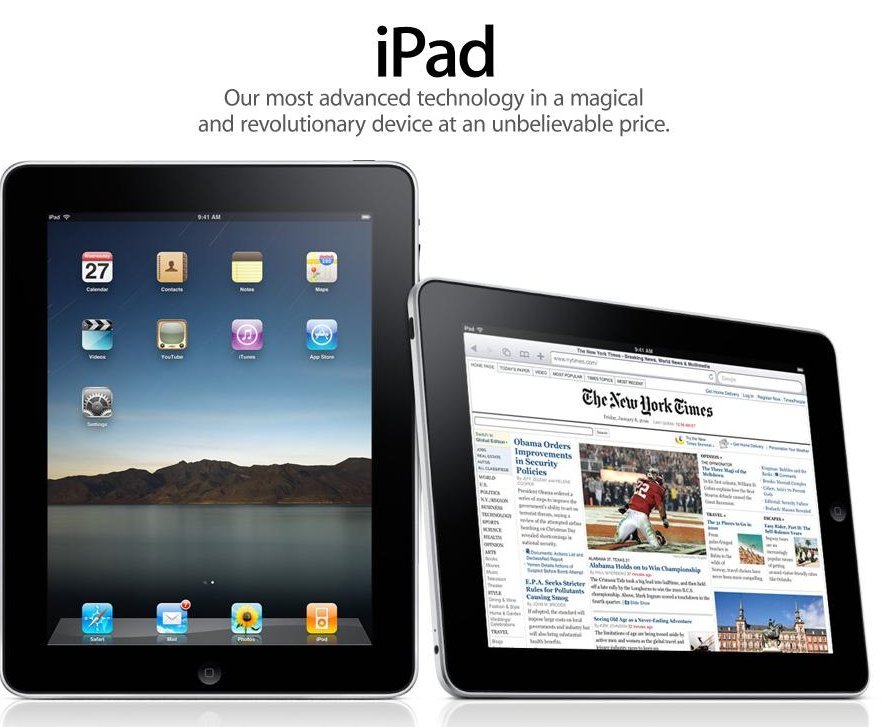
 January 27, 2010: After months of rumors and speculation, Steve Jobs publicly shows off the iPad for the first time. Aside from the name, which some people joke sounds like a female sanitary product, the first-generation iPad immediately earns critical acclaim.
January 27, 2010: After months of rumors and speculation, Steve Jobs publicly shows off the iPad for the first time. Aside from the name, which some people joke sounds like a female sanitary product, the first-generation iPad immediately earns critical acclaim.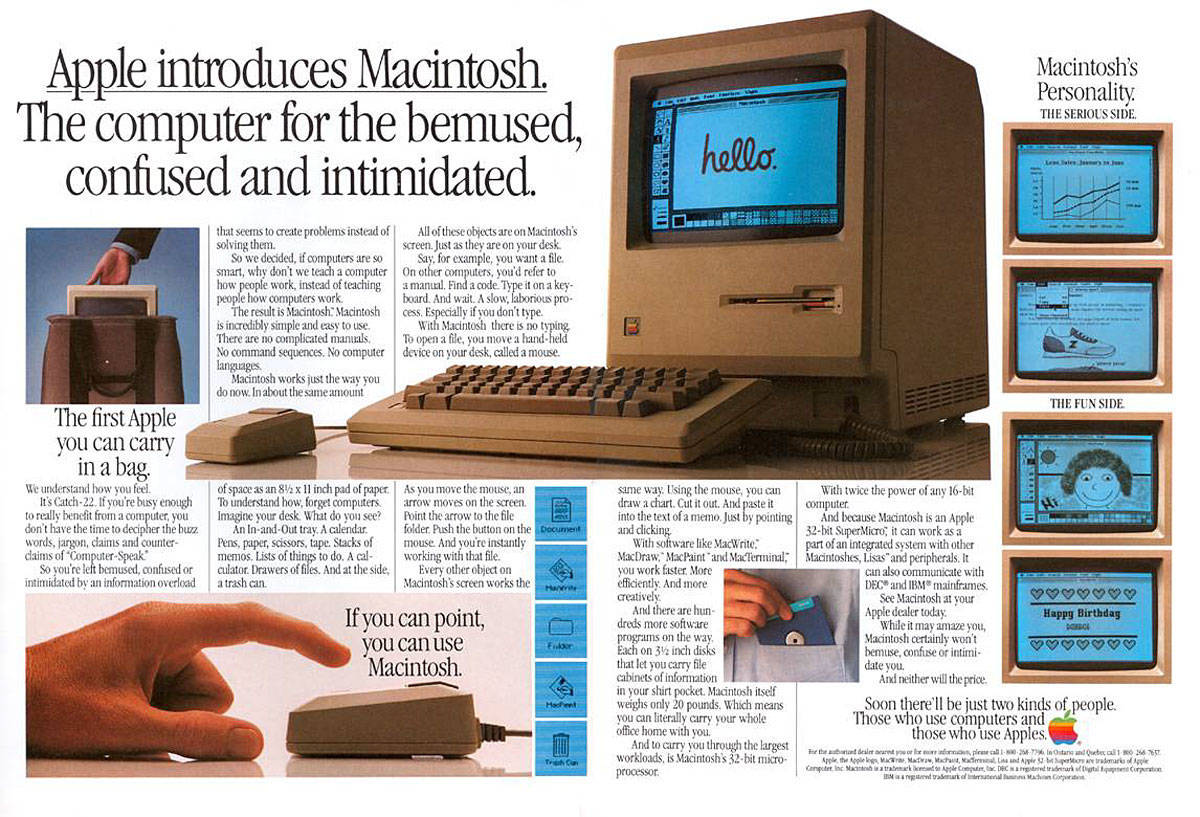
 January 24, 1984: Apple ships its first Mac, the mighty Macintosh 128K.
January 24, 1984: Apple ships its first Mac, the mighty Macintosh 128K.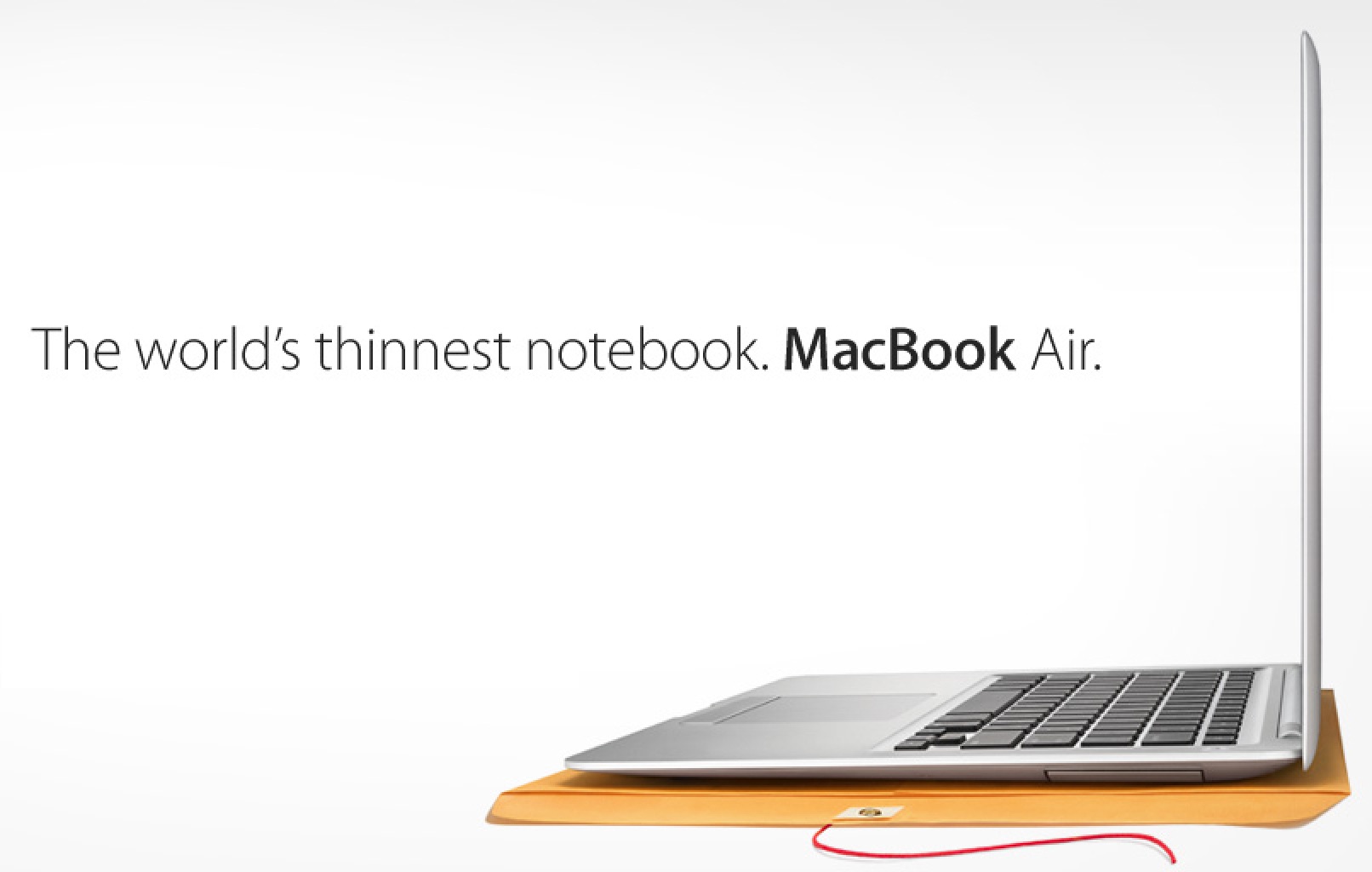
 January 15, 2008: Steve Jobs shows off the first MacBook Air at the Macworld conference in San Francisco, calling the revolutionary computer the “world’s thinnest notebook.”
January 15, 2008: Steve Jobs shows off the first MacBook Air at the Macworld conference in San Francisco, calling the revolutionary computer the “world’s thinnest notebook.”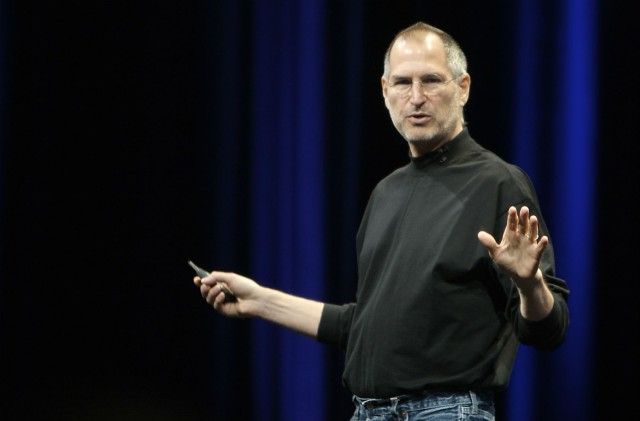
 January 14, 2009: Steve Jobs’ cancer worsens to the point that he takes a medical leave from Apple.
January 14, 2009: Steve Jobs’ cancer worsens to the point that he takes a medical leave from Apple.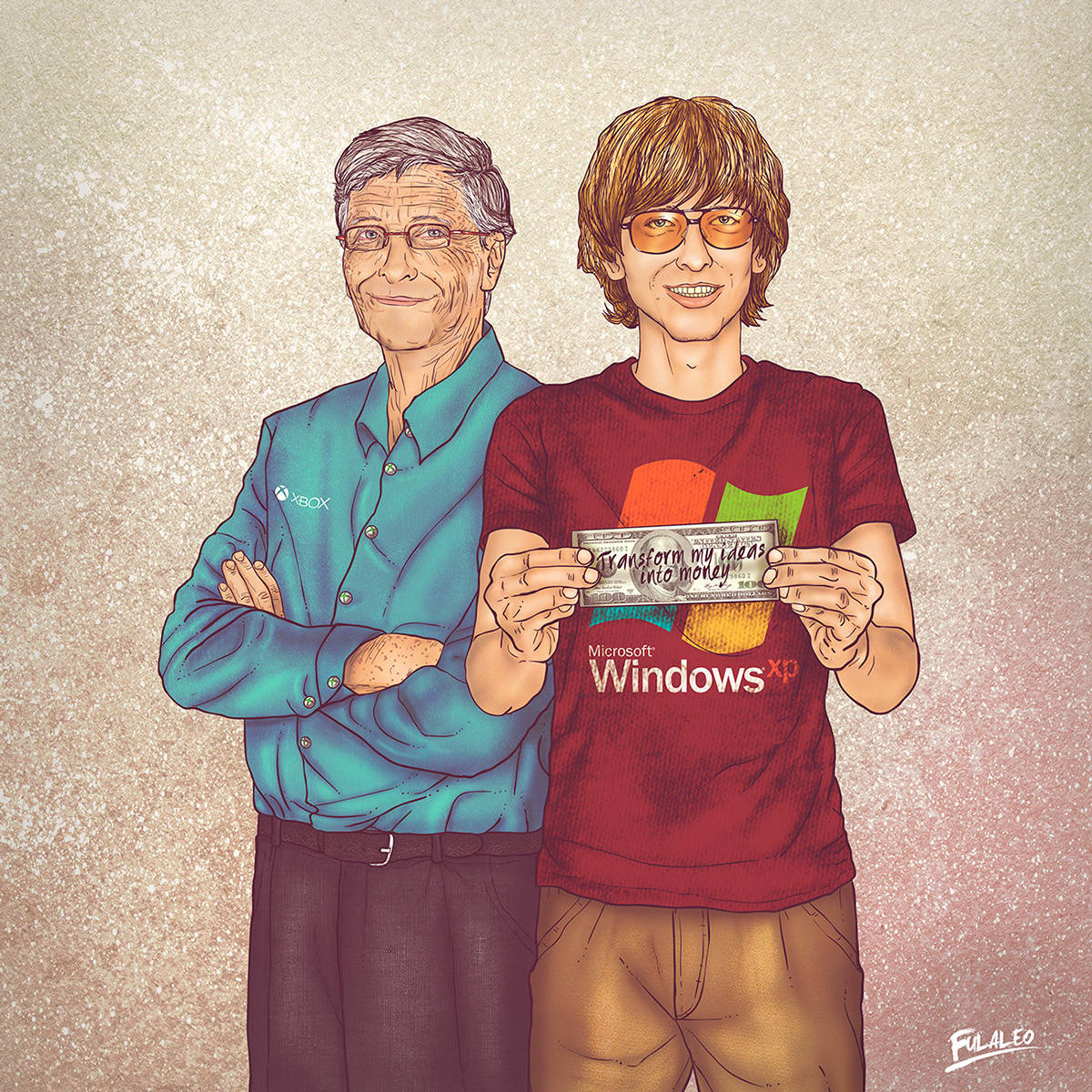
 January 13, 2000: Steve Jobs’ longtime frenemy Bill Gates quits as Microsoft CEO. He steps down from the leadership role just a month after his company’s stock hit its all-time high.
January 13, 2000: Steve Jobs’ longtime frenemy Bill Gates quits as Microsoft CEO. He steps down from the leadership role just a month after his company’s stock hit its all-time high.
 January 10, 2006: Steve Jobs unveils the original 15-inch MacBook Pro, Apple’s thinnest, fastest and lightest laptop yet.
January 10, 2006: Steve Jobs unveils the original 15-inch MacBook Pro, Apple’s thinnest, fastest and lightest laptop yet.
 January 9, 2007: Apple CEO Steve Jobs gives the world its first look at the iPhone onstage during the Macworld conference in San Francisco. The initial reaction to that first iPhone demo is mixed. But Jobs is confident that Apple has created a product that people want — even if they don’t know it yet.
January 9, 2007: Apple CEO Steve Jobs gives the world its first look at the iPhone onstage during the Macworld conference in San Francisco. The initial reaction to that first iPhone demo is mixed. But Jobs is confident that Apple has created a product that people want — even if they don’t know it yet.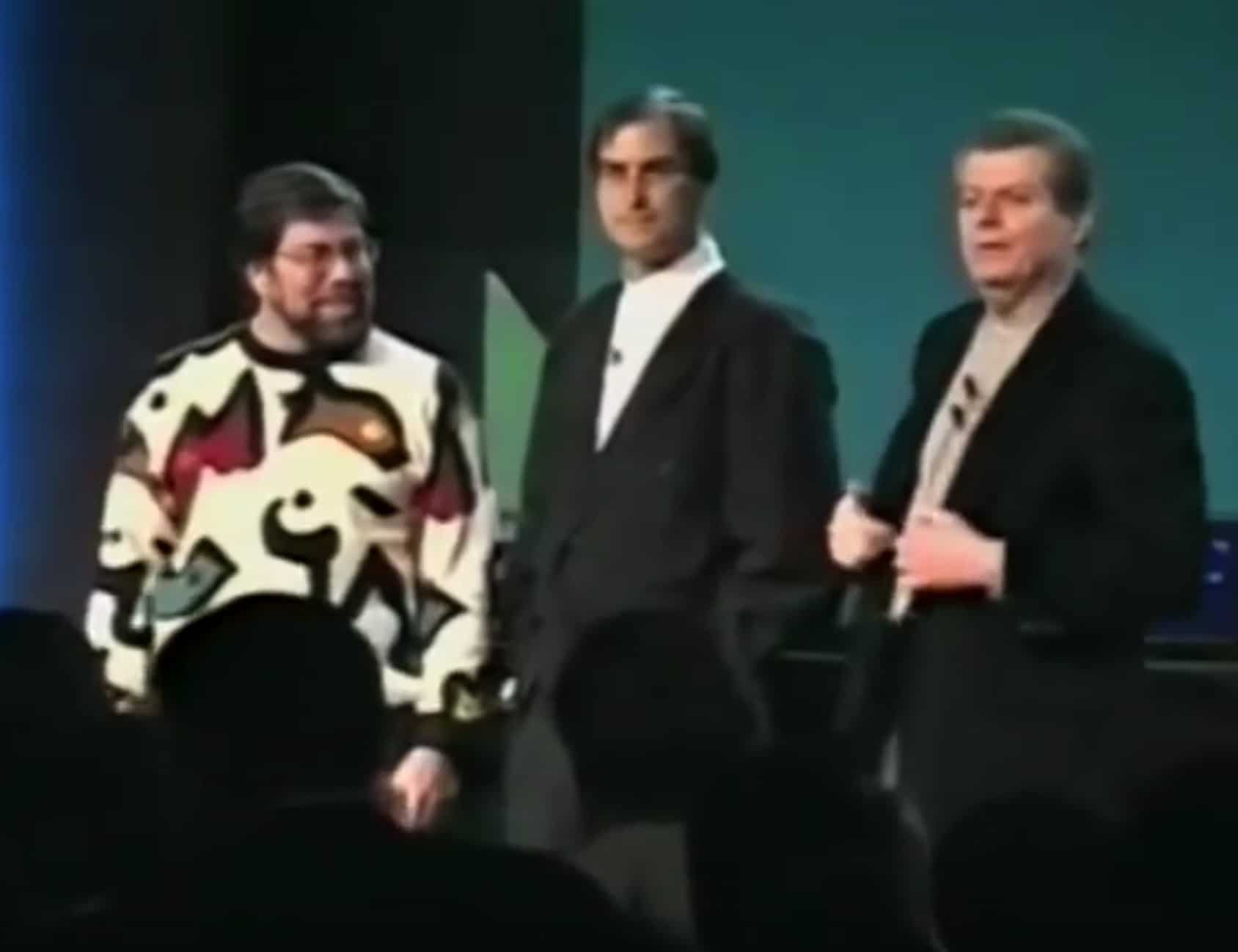
 January 7, 1997: Apple co-founder Steve Wozniak returns to the company to participate in an advisory role, reuniting with Steve Jobs onstage at the Macworld Expo in San Francisco.
January 7, 1997: Apple co-founder Steve Wozniak returns to the company to participate in an advisory role, reuniting with Steve Jobs onstage at the Macworld Expo in San Francisco. January 3, 1977: Apple Computer Co. is officially incorporated, with
January 3, 1977: Apple Computer Co. is officially incorporated, with 
 December 30, 1999: Microsoft hits the height of its 1990s dominance and begins its early-2000s decline, clearing a gap at the top for Apple.
December 30, 1999: Microsoft hits the height of its 1990s dominance and begins its early-2000s decline, clearing a gap at the top for Apple.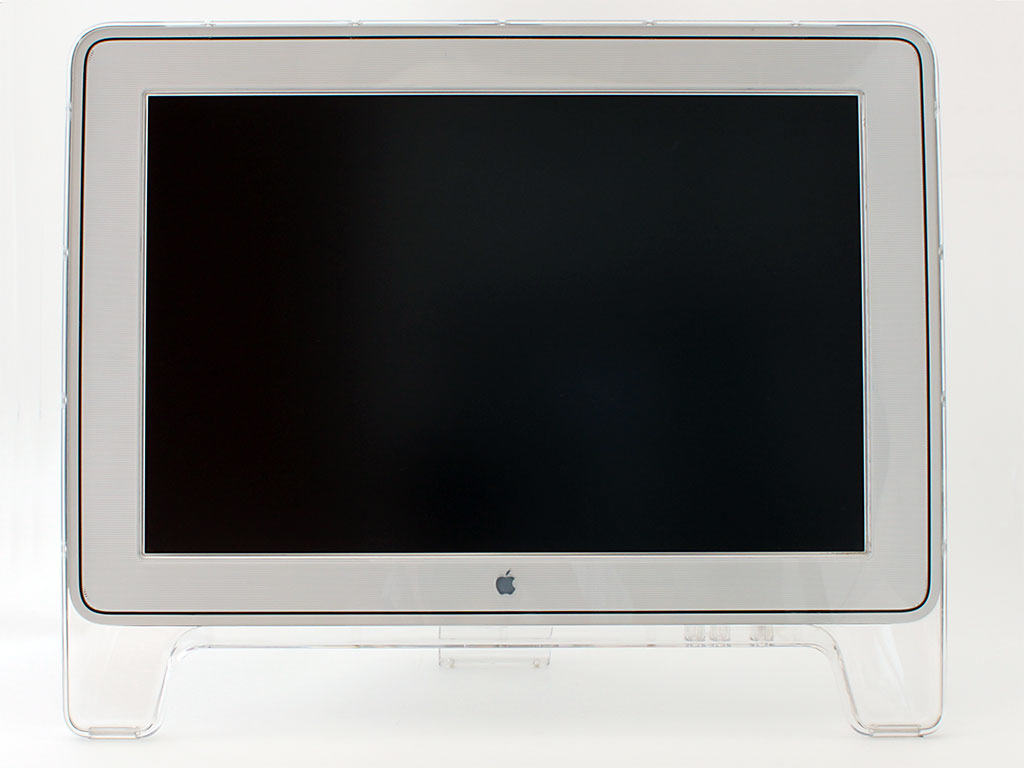
 December 29, 1999: Apple starts shipping its unfathomably large 22-inch Cinema Display, the biggest LCD computer display available anywhere,
December 29, 1999: Apple starts shipping its unfathomably large 22-inch Cinema Display, the biggest LCD computer display available anywhere,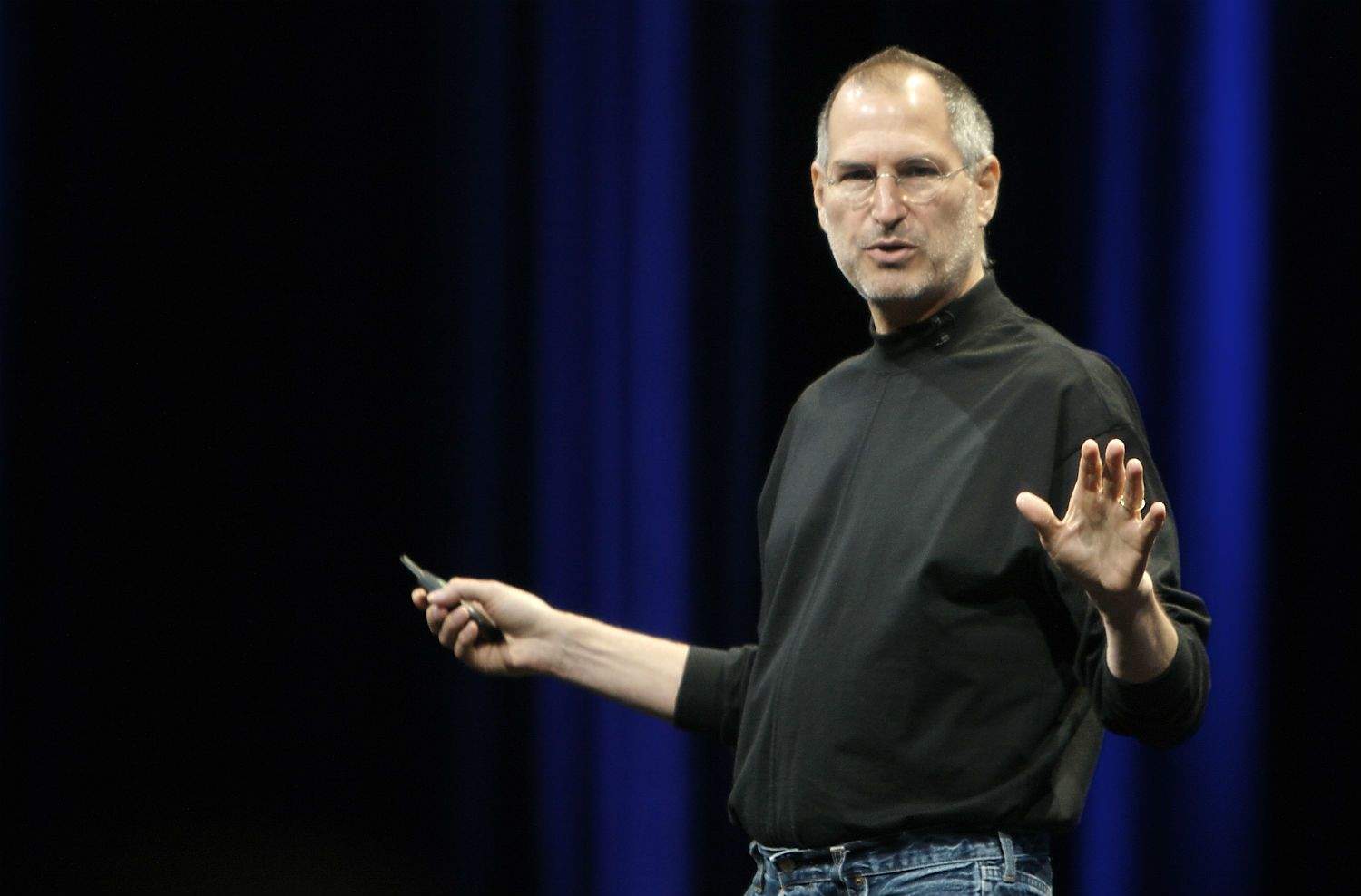
 December 28, 2006: As the rest of the country enjoys a much-deserved holiday, Apple gets embroiled in a stock option “backdating” scandal.
December 28, 2006: As the rest of the country enjoys a much-deserved holiday, Apple gets embroiled in a stock option “backdating” scandal.
 December 27, 2010: Almost four months after the second-gen Apple TV’s debut, Cupertino says it has sold 1 million of the streaming video devices.
December 27, 2010: Almost four months after the second-gen Apple TV’s debut, Cupertino says it has sold 1 million of the streaming video devices.